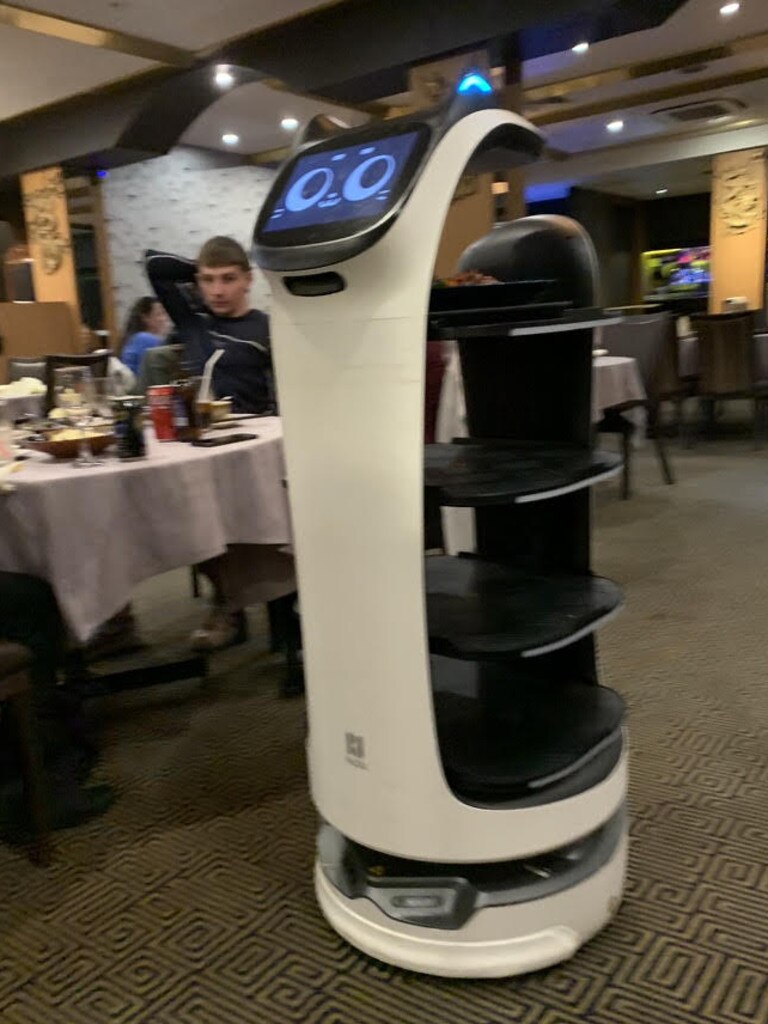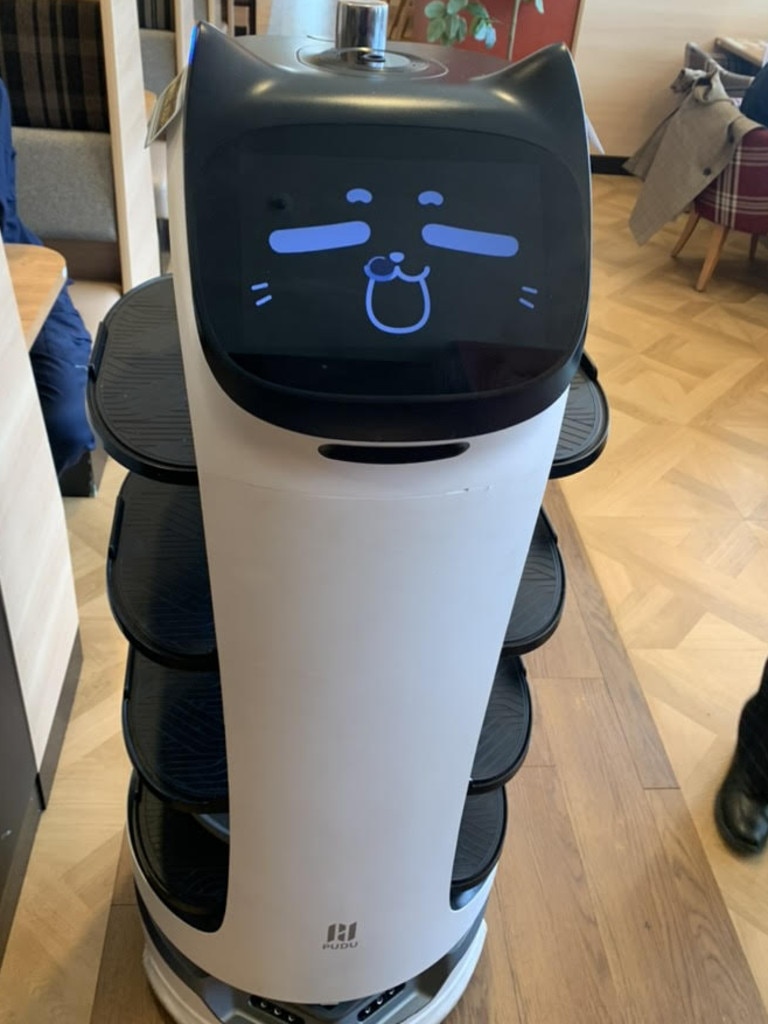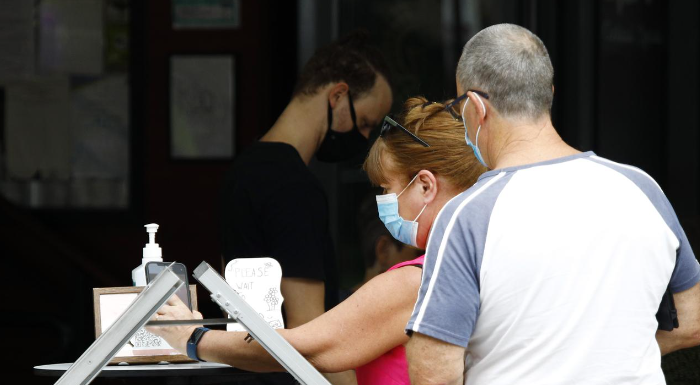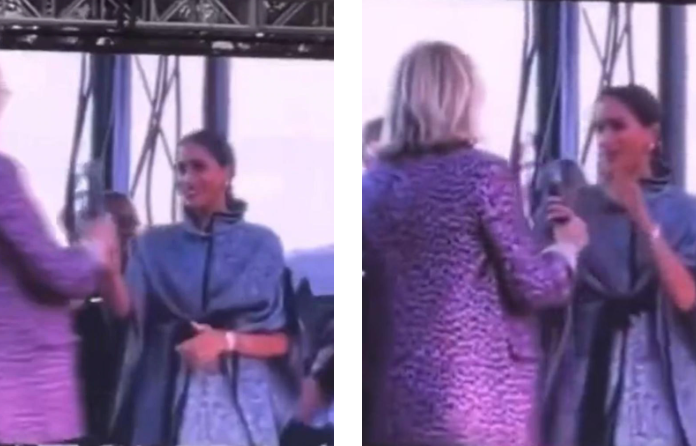There is a key item that is rapidly vanishing from Aussie restaurants and cafes – and it is leaving many customers absolutely furious.
They were an ubiquitous presence at cafes, restaurants and bars during the pandemic, but love them or loathe them, industry insiders say QR ordering is here to stay.
While some expected it to fade away as the pandemic dissolved and check-ins were no longer relevant, the opposite has actually been true.
Not everyone is a fan. In fact many people appear downright hostile to QR ordering and restaurants and cafe’s not providing physical menus.
Social media is filled with people raging against it.
One person wrote on an angst-ridden Reddit stream that they just “hate it”.
“I hate paying for dinner on my phone,’ the person complained. “I hate navigating through menus to find food.”
Another said they disliked being forced to “give every-f***ing-detail about myself or sign up”, while another observed “having phones out was a terrible way to start dinner together”.
While one person claimed they often go to the counter and refuse to do it or threaten to go elsewhere: “I haven’t had anyone let me leave yet”.
Others pointed out it isn’t practical for some.
“My grandparents never really got onto the smart phones (and with dementia it’s not the time to start) and I have a friend who has fine motor skill issues so he struggles to control the scrolling function that’s required,” one person explained.
“It’s embarrassing for them to have the menu read to them or to have others decide what they have because they can’t use a menu in that format.”
Another noted it was difficult for families with kids with “everyone is fighting over mums phone to see what they can order”.
Despite not all Aussies being a fan of the new system, Square, which provides a range of technology for restaurants and other industries, says QR codes are here to stay saying sellers were increasingly turning to tech to run their business.
“QR code ordering has definitely become mainstream for restaurants,” said Colin Birney, head of business development at Square in Australia.
“As cost-of-doing-business pressures remain and staff shortages continue, restaurants are seeing technology as a non-negotiable and a way to find efficiency gains and unlock new ways to sell.”
Mr Birney said digital menus gives restaurants “more flexibility” to adjust their menus to account for the volatile cost of produce.
They also, he said, help restaurants that are selling retail products, alongside a dinner service, to more effectively advertise.
“All of that enables restaurants to create new revenue streams and build resilience,” Mr Birney said.
Unlikely origins
The QR (which stands for quick response) was first invented by a Japanese engineer in 1994 to keep track of car parts more easily.
Smart phones and cameras accelerated its use into everyday life but it wasn’t until the pandemic that it became a staple.
Dr Veronica Jiang, a senior lecturer at the school of marketing at the UNSW Business school, told news.com.au that QR codes offer a range of benefits for food businesses.
These include consumer insights at the click of a button, speed and less human error with orders and an easy payment system.
But she also warned there were pitfalls too, particularly for fine dining.
“Fast speed is linked with fast food restaurants,” she said.
“Fine dining or mid-tier restaurants want to position themselves far away from fast food, because that justifies their high prices and because restaurants try to differentiate with good service.”
She said restaurants need to design menus “according to their population”.
Mixed views
News.com.au spoke to a number of cafes and restaurants about QR ordering with most appearing to have either implemented or considered implementing the technology long term.
The tough economic climate appears to be playing a part – wage and produce prices are skyrocketing, compounded by significant staff shortages due to a decline in overseas students and backpackers.
Jonathan Holmes-Ross, owner of board game restaurant, The Lost Dice in Adelaide told news.com.au that the use of QR code ordering had let his eatery “reduce costs by around 25 per cent”.
“We no longer have to take orders, work out bills and manually take payments,” he said.
“This gives our wait staff more time to look after our customers, and the kitchen has excellent order information as the accuracy of the orders is great.
“We now have very few mistakes saving us time and waste. We can also mark items that have run out instantly on the app by using stock levels, again avoiding the disappointment of (the) customer.”
Zoran Milosavljevic, from Cafe Alexandria, in Sydney’s central business district said his business was currently considering using the technology.
“If a customer sees a congested line-up they may consider using the quicker alternative of a digital menu rather than moving onto another cafe,” he said.
“With Covid still around some tend not to like waiting in queues for the fear of catching something.”
One cafe not budging is Zinc in Potts Point, in Sydney’s eastern suburbs.
“We try to be a neighbourhood cafe,” explained owner Nigel Nickless.
“We recognise our regulars, remember what they want, remember their coffee order, if you don’t know their name you make sure you know their coffee order.”
Next up robots
And it seems QR ordering could just be the start in terms of restaurant automation technology.
Dr Chris Chehser a senior lecturer in digital cultures at Sydney University said robots are becoming more and more common in cafes and restaurants.
He cited Nine Dragons in Sydney’s Chinatown and Casa Ristorante Italiano in Darling Harbour.
The restaurant robot were popularised in China by hotpot chain Haidilao in the mid 2010s but the concept is slowly expanding around the world.
“This theoretically makes possible a relationship between the restaurant and the patron entirely without human contact,” Dr Chesher said.
“In Japan, we found some cafes operating almost entirely contactlessly. In this case, the use of automated ordering and robot delivery changes the experience of dining for both staff and diners.”
He said that while post-pandemic there was some value in “minimising contact’, this may be at the cost of human connection and jobs.

Some restaurants are using robots for greater efficiency in Australia. Picture: Chris Chesher



Leave a Reply